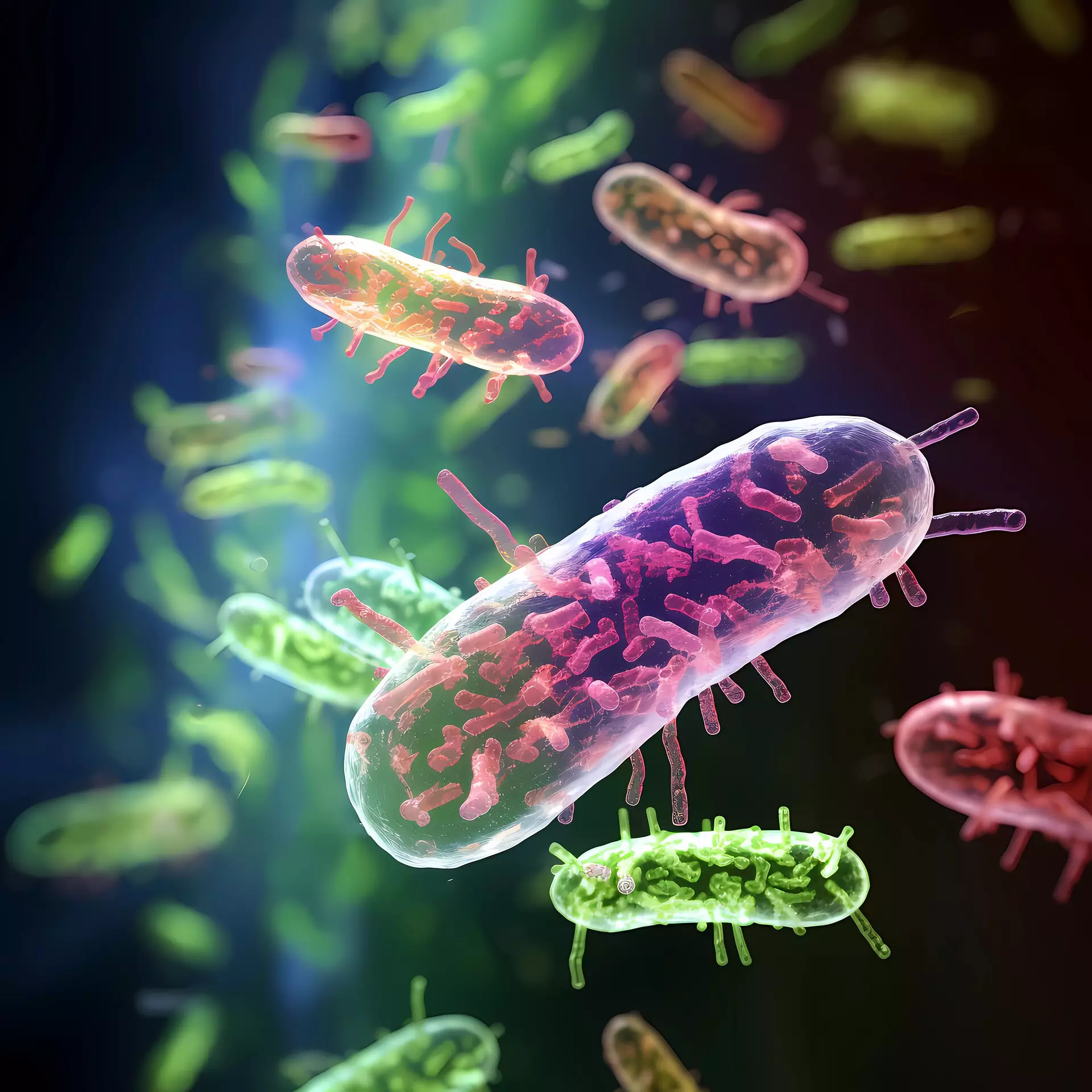In the realm of physics and materials science, the study of active matter has emerged as a captivating frontier, exemplifying how life and energy intertwine to manifest complex behaviors. Researchers led by Professor Xu Ning from the University of Science and Technology of China (USTC) have illuminated an intriguing connection between active substances—such as bacteria that can self-propel—and shear flows, which are typical in conventional fluids. Their research, published in the esteemed Proceedings of the National Academy of Sciences, points to how these seemingly disparate systems are linked through similar thinning behaviors, raising important questions about the nature of viscosity and flow in non-equilibrium systems.
The Significance of Collective Motion
What sets active matter apart is its ability to engage in collective motion—an emergent phenomenon that occurs when numerous individual units synchronize their movement. This behavior is not just fundamental to the functioning of biological organisms but also serves as a pivotal concept in various scientific disciplines such as biophysics, material science, and complex systems. The USTC team’s revelation that there are parallels between these movements and the responses of sheared systems could pave the way for groundbreaking advancements in understanding both biological and synthetic materials.
Redefining Viscosity in Non-Newtonian Fluids
A key finding of this research relates to viscosity, a property deeply linked to fluid behavior. In typical Newtonian fluids, shear forces align molecular structures without altering the overall viscosity significantly. However, when active matter is introduced, the response changes dramatically. The research indicates that the active forces within these fluids can disrupt percolating clusters—aggregates of particles that usually stabilize in shear flows. The faster these clusters break apart, the more pronounced the drop in viscosity becomes. This is a substantial shift in understanding the micro-mechanisms at play within active materials.
The Superfluid Phenomenon: An Exciting Revelation
One of the most fascinating implications of this study is its potential to explain the “superfluid”-like behavior observed in systems like E. coli suspensions. Traditional theories struggle to grasp these phenomena, but the USTC findings open new avenues for exploration. By demonstrating that active forces can effectively diminish viscosity by destabilizing clusters in a way that passive systems cannot, we see not only a new angle on fluid dynamics but also fresh insight into the behavior of biological systems at microscopic levels.
Broader Implications for Science and Technology
The implications of linking active matter and shear systems extend far beyond academia. As industries look to leverage the unique properties of active fluids, understanding their mechanics could lead to innovations in drug delivery systems, develop more efficient bio-inspired robots, and even inform the design of new materials with adaptive properties. This rich interplay between energy, movement, and structure can ultimately shift our approach to engineering and materials science, wherein the distinction between life and non-life becomes increasingly blurred.
The USTC team’s pioneering work has not only filled a significant gap in our understanding of active materials but also underscored the endless possibilities that arise from studying the dynamics of matter. Exciting times are ahead as researchers dive deeper into this expansive field, poised to unlock mysteries that could redefine our understanding of fluid behavior at the fundamental level.

